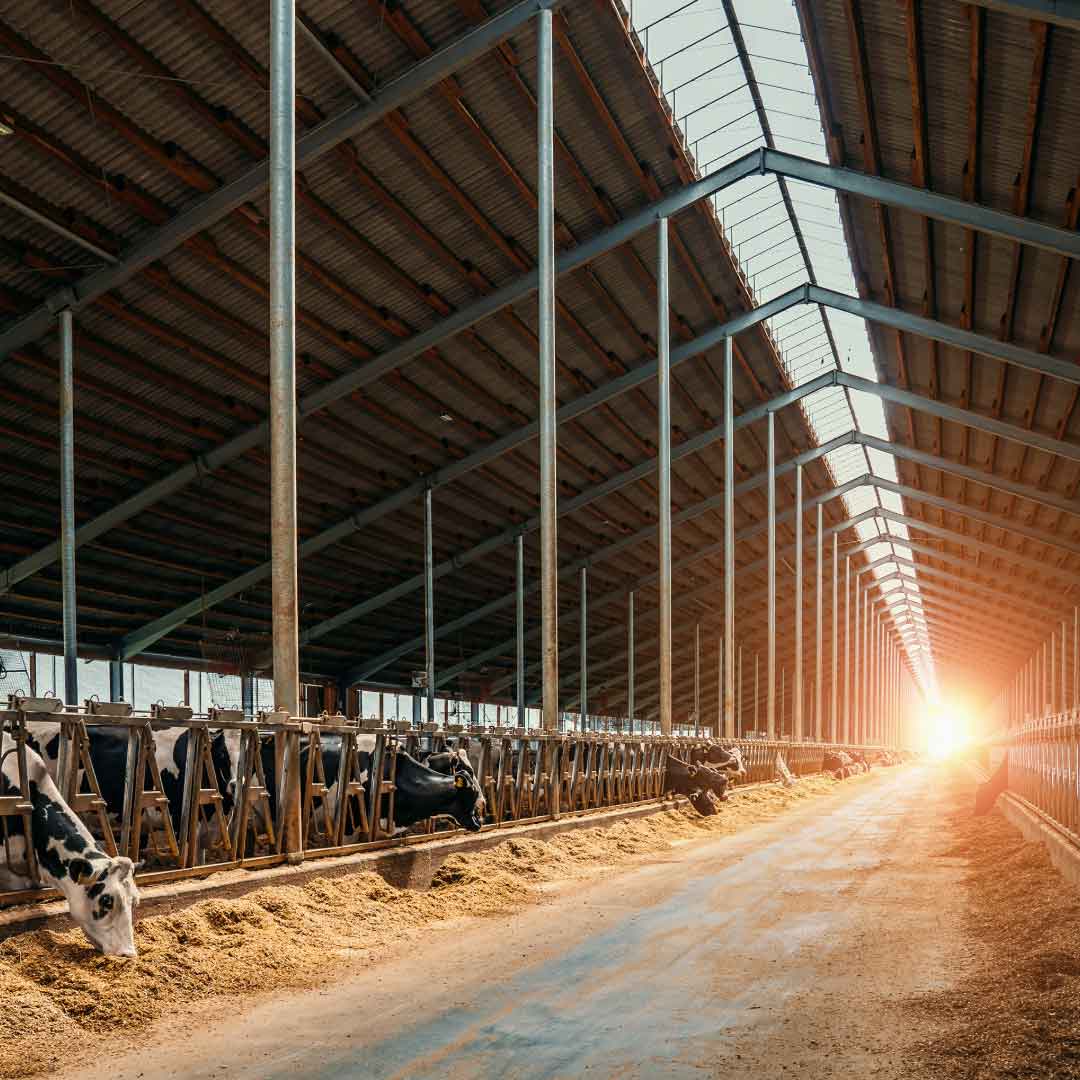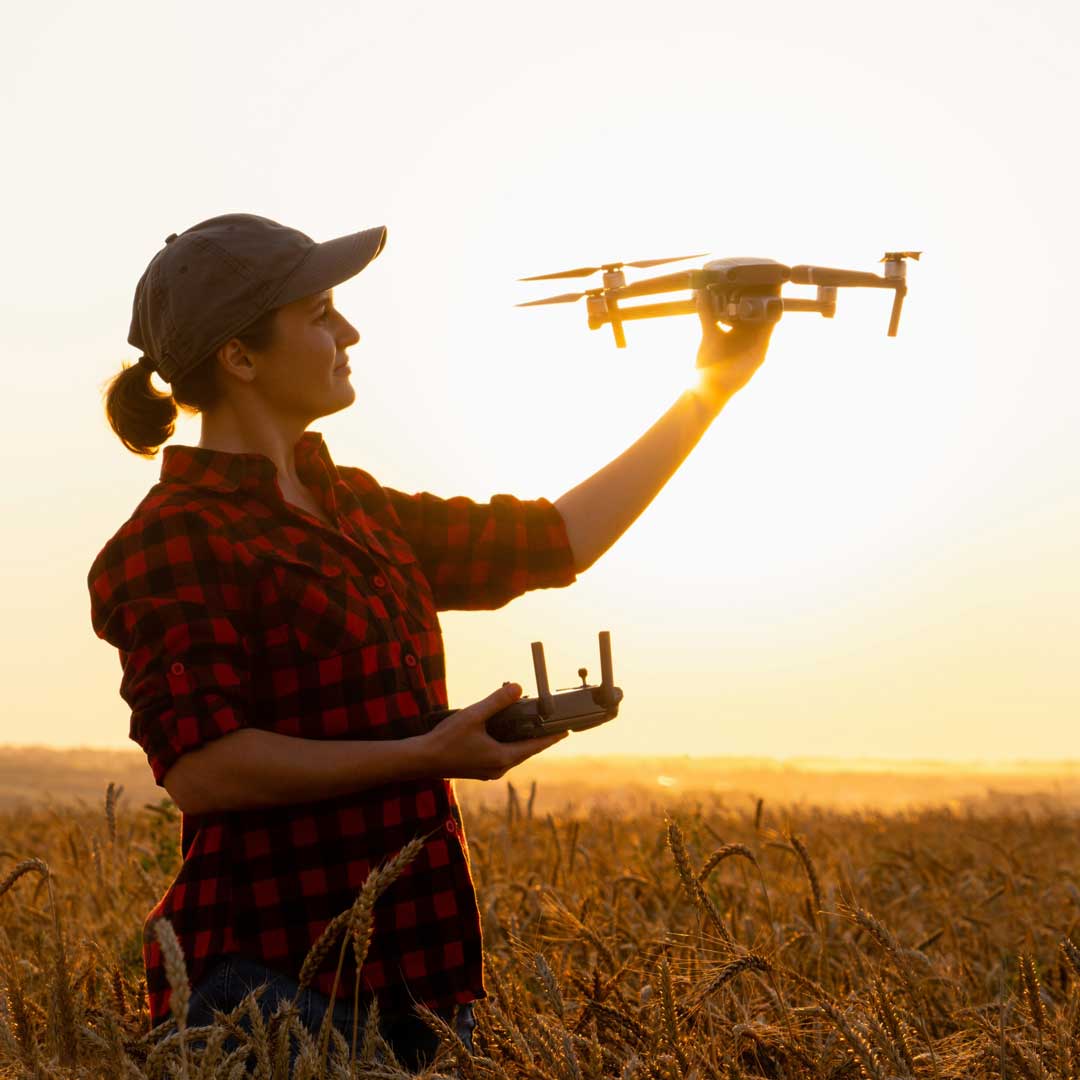Air Quality in Calf Housing
Proper housing is essential for the health and growth of dairy and beef calves. It provides a clean, dry, and comfortable environment to support healthy development and minimize disease risks.

Emerging Technologies and Facilities provide animal comfort and express the genetic potential of the herd to produce milk at a profit. The range of project investments is large. One farm may need to remodel a building for calves while another farm needs a new barn and parlor.




Proper housing is essential for the health and growth of dairy and beef calves. It provides a clean, dry, and comfortable environment to support healthy development and minimize disease risks.
Reducing enteric methane emissions from dairy cattle” showing an overall of the project objectives, our efforts in collecting methane data in research and commercial farms, some traits definitions, and preliminary results on methane prediction using milk spectra data. Guillermo Martinez Boggio, Post Doctoral Research Associate at UW-Madison, is the featured speaker
Herramientas prácticas para decisiones críticas de óptimo manejo en ganaderías lecheras Presentador Resumen Summary (English) Presentador Dr. Víctor Cabrera Profesor y especialista en Extensión de gestión de fincas lecheras Universidad de Wisconsin – Madison Resumen La toma de decisiones en una ganadería lechera es crucial para optimizar la producción, mejorar la salud animal y aumentar […]
Reducción de emisiones de metano en vacas lecheras Presentador Resumen Presentador Dr. Guillermo Martinez Boggio Investigador Postdoctoral asociado – Departamento de Ciencias animales y lecheras Universidad de Wisconsin – Madison Resumen Descubre cómo la tecnología está transformando la industria lechera. Este video te mostrará cómo la medición precisa de las emisiones de metano en vacas […]
Based on their symbiotic relationship with the rumen microorganisms, dairy cows have an extraordinary capacity to transform human-inedible plant materials into energy for maintenance and lactation.
In this episode of Badger Dairy Insight, we hear from Dr. João Dórea, an assistant professor in Precision Agriculture and Data Analytics in the Department of Animal and Dairy Sciences at UW–Madison.
When cows are heat stressed, they eat less, produce less milk, have reduced immune function and higher SCC, and show reduced fertility. A spike in lameness often follows the hot season.
In this recorded Badger Dairy Insight webinar, UW-Madison Division of Extension Farm Management Outreach Specialist Jim Versweyveld discusses onboarding and training for dairy employees and discusses how interactive learning experiences can help build confidence by allowing dairy workers to actively participate in their own training.
An alternative to this is indoor calf housing, where renovated old barns can be utilized, taking advantage of the existing structure. Adapting an old building to house calves involves several steps:
In this video Rebecca Larson, Professor and Extension Specialist in the Nelson Institute for Environmental Studies at the University of Wisconsin-Madison will talk about manure processing systems.
While all the data points of information at our fingertips to monitor is a positive, there are still areas to improve when it comes to animal health and Automated Milking Systems (AMS), particularly for hoof health.
Ventilation is an important part of managing a dairy barn for maintaining air quality, removing heat and moisture, and providing a comfortable environment for dairy cattle. There are typically three types of ventilation systems used in dairy buildings: natural, mechanical, or a combination of the two.